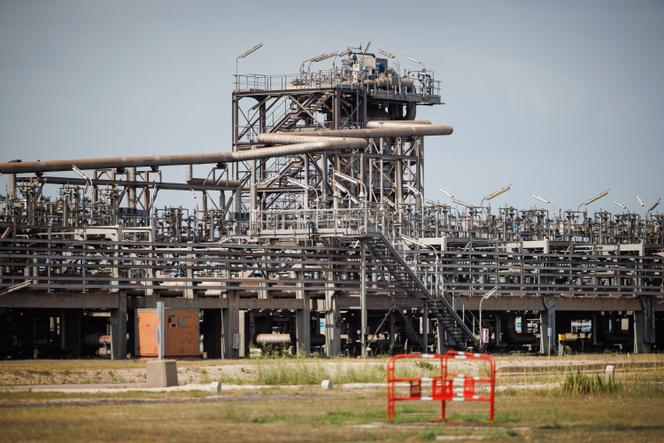


It has been described as a "climate bomb." The construction of new export terminals for liquefied natural gas (LNG), which have been proliferating since the start of the war in Ukraine in February 2022, could emit more than 10 billion tons of greenhouse gases by 2030. That's almost equivalent to the annual emissions from the world's active coal-fired power plants, warned NGO Reclaim Finance in a report published on Thursday, December 5, in which it denounced the billions flowing in from banks and investors for the expansion of this fossil fuel.
Given the upcoming World LNG Summit, which will be held on December 9-12 in Berlin, Reclaim Finance wanted to deconstruct the industry's discourse, which is focused on energy security and the energy transition, presenting natural gas as the least polluting fossil fuel. "Each new LNG project is a stumbling block to the Paris Agreement and will lock in long-term dependence on fossil fuels, hampering the shift toward low-carbon economies," the report, led by Justine Duclos-Gonda, warned.
Over the past two years, eight LNG export terminals and 99 import terminals have already been completed around the globe, increasing global export capacity by 7% and import capacity by 19%, according to the report.
The trend could even accelerate. Oil companies such as Shell or TotalEnergies, as well as companies specializing in LNG, are planning to build 156 new LNG terminals between now and 2030, of which 63 are for export and 93 for import, according to the report, which is based on data from the Global Oil & Gas Exit List, compiled by the NGO Urgewald and around 50 other organizations.
"This does not mean 156 new terminals, as one terminal can span several trains [infrastructures] and extensions, with different financing and implementations," explained Louis-Maxence Delaporte, another of the report's authors and an analyst at Reclaim Finance. New export projects are mainly concentrated in the US, Qatar, Canada and Mexico and destined for Europe and Asia.
These projects pollute during the entire chain. Extraction of the gas is associated with methane leakage (which makes up around 90% of LNG's composition), a greenhouse gas more than 80 times more potent than CO2 within a 20-year timeframe. Its liquefaction (to cool it to -162°C), its transportation on LNG carriers and its regasification are energy-intensive. Finally, using LNG emits CO2.
You have 51.74% of this article left to read. The rest is for subscribers only.
